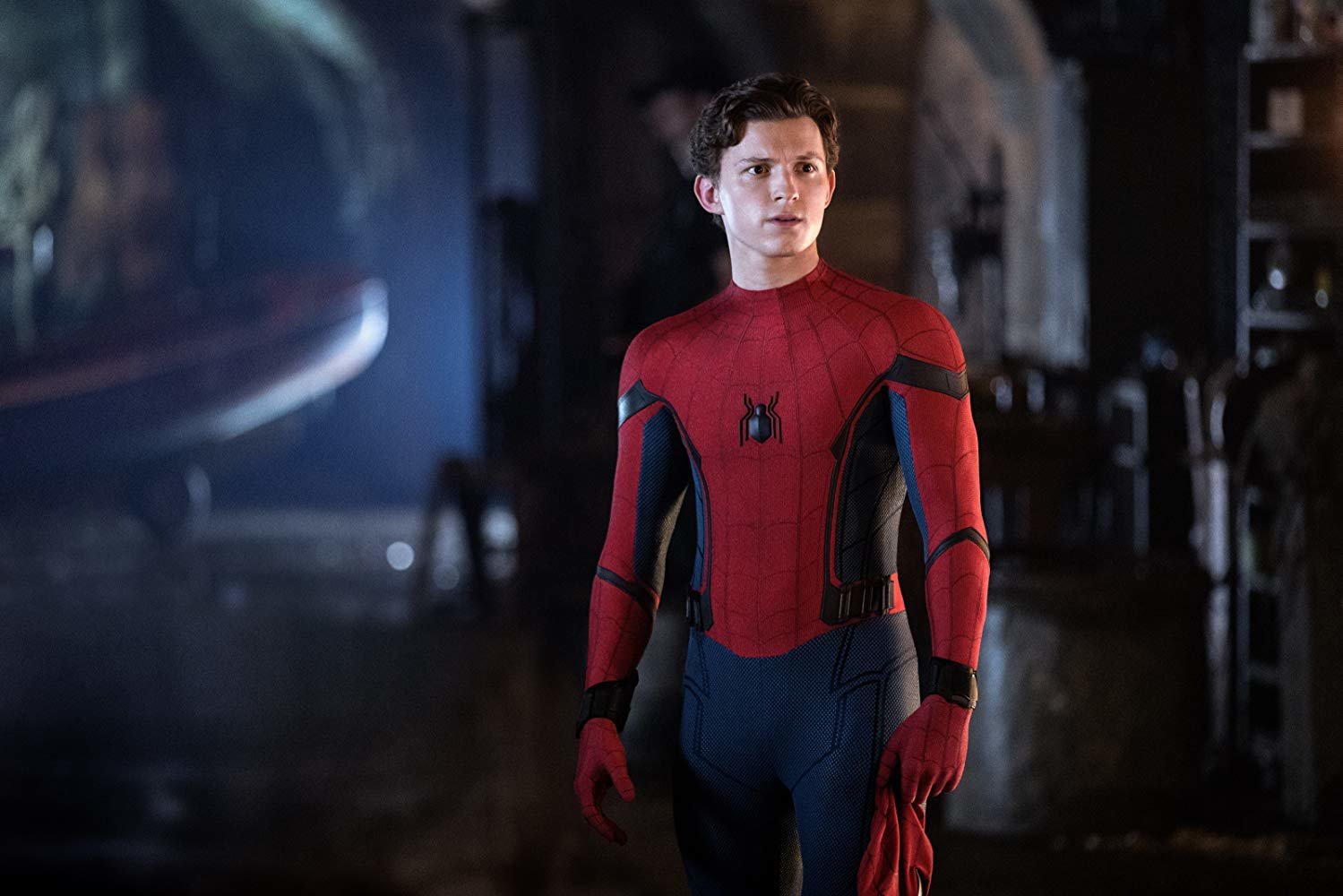
Not all heroes wear capes, and if “Spider-Man: Homecoming” wasn’t convincing enough, “Spider-Man: Far From Home” establishes that Zendaya’s Michelle Jones, aka MJ, is the coolest character in the Marvel Cinematic Universe. The smart and sassy MJ isn’t some typical damsel in distress. A portrait of millenial moxie, she’d rather do the saving than be saved. She’s not here to be someone’s love interest, but she does have her own, if only he had the guts to step up. Peter Parker/Spider-Man (Tom Holland) has been to space and back to save the universe, but he can’t quite summon the courage to ask MJ out.
This Spidey sequel opens following the events in “Avengers: Endgame,” with the world still mourning the deaths of Tony Stark/Iron Man and sundry Avengers and, more significantly, coping with the sudden return of half the planet’s population five years after they vanished with the snap of Thanos’ fingers. Called “the Blip,” it’s a cultural and psychological phenomenon in which the returnees haven’t aged a day while those who remained are five years older and five years hardened. It’s an intriguing premise the film also quickly jettisons to move onto its globe-trotting narrative that finds Peter and his classmates going on a school trip to Europe.
Peter has grand plans to profess his feelings to MJ atop the Eiffel Tower. But just as their trip begins in Venice, trouble comes calling in the form of a giant water monster, one of several marauders known as the Elementals. Nick Fury (Samuel L. Jackson) gives Peter the hard sell to become Earth’s next big superhero and save the world from these creatures. He even hands over Tony Stark’s trademark sunglasses, which Stark bequeathed to Peter, high tech eyewear that’s the gateway to an artificial intelligence program named E.D.I.T.H. controlling all of Stark Industries’ databases and weaponry.
It’s a burden Peter doesn’t want to carry, so he finds a seemingly fitting alternate successor in Quentin Beck (Jake Gyllenhaal), a superhero who hails from Earth in an alternate multiverse reality and has already fought the Elementals on his home world. With Stark gone, Peter sees the avuncular Beck, nicknamed Mysterio, as a new mentor and Avengers leader more worthy of Starks’ specs.
The tension (such as it is) at the heart of “Spider-Man: Far From Home” is whether saving the day and getting the girl are mutually exclusive. Even when an Elemental threatens to raze Prague, Peter expends more effort figuring out how he can still manage to sit next to MJ at the opera. Call it teenage angst, but it’s also the fact that having super powers doesn’t mean you asked to be a superhero (or want to be an Avenger, an ill-fitting forced marriage the MCU would be wise to relax).
Illusion is the running theme throughout “Far From Home,” whether it’s in the form of secret identities, hidden motives, furtive ambitions, or an enemy who wields deception and actual hallucinations as weapons. It includes Aunt May (Marisa Tomei), who may or may not be dating former Stark body man Happy Hogan (Jon Favrea), much to Peter’s chagrin, and the odd summertime pairing of Peter’s bestie Ned (Jacob Batalon) and Tracy Flick doppelganger Betty Brant (Angourie Rice). It’s also found in a movie that’s a superhero film packaged as a summer fling flick, a movie that succeeds when it’s breezily immersed in its characters’ coming-of-age chemistry and falters when all the world domination and CGI stuff starts.
The boundary between fact and reality extends to both mid-credits sequences, including one that’s the most impactful in all the Marvel movies. While “Homecoming” and “Far From Home” were about a teenage Peter Parker learning to become the hero (and finally getting on MJ’s vibe), the next “Spider-Man” may be about him learning to live as the villain.